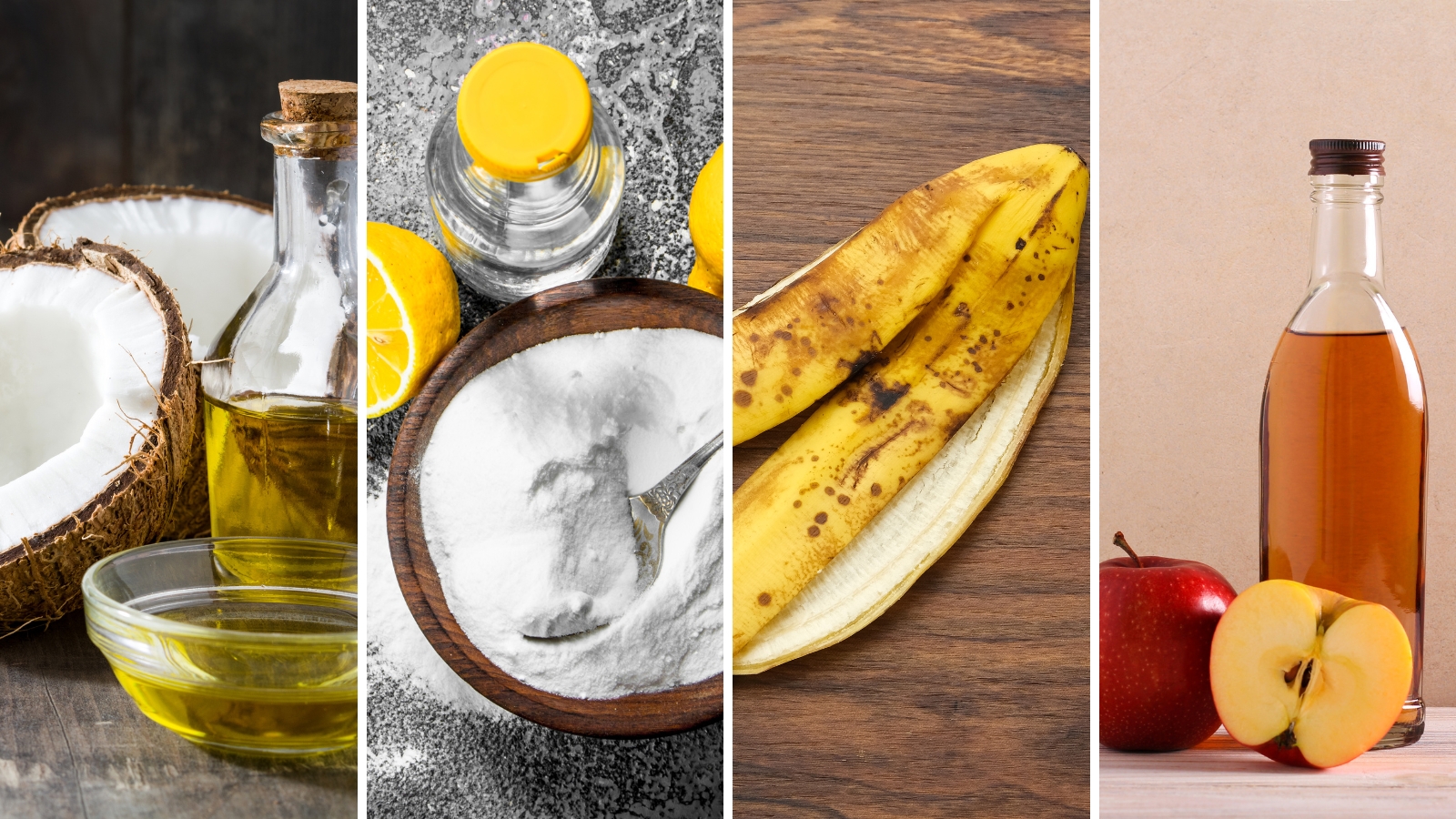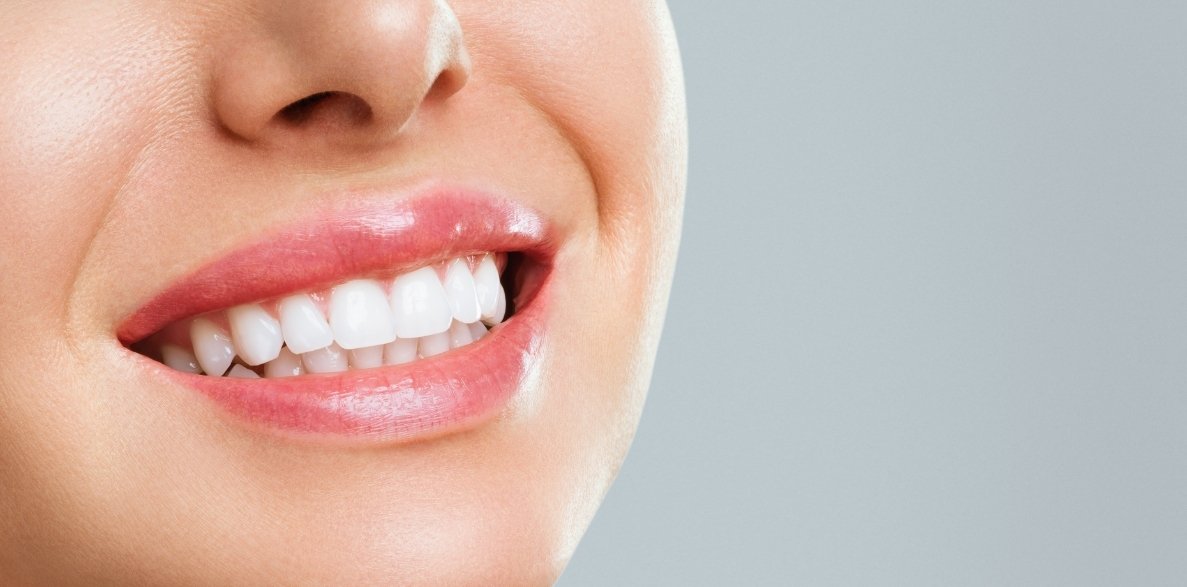We are Not A MassHealth Provider
Home Remedies to Enhance Teeth Whitening Results

Have you ever looked in the mirror and wished your smile was brighter? While professional treatments can work wonders, not everyone wants to spend time or money at the dentist for whiter teeth. Luckily, you don’t need fancy gadgets or expensive products to enhance your teeth whitening at home. With the right approach and a few household ingredients, you can improve the brightness of your smile in natural, simple ways.
So, if you want to make your teeth a few shades whiter without stepping foot in a clinic, keep reading. You might be surprised by what you already have in your pantry.
1. Baking Soda
Baking soda is a household staple that does more than clean surfaces—it can also help clean your teeth. This mild abrasive removes surface stains on your teeth, revealing a whiter smile. Mix a teaspoon of baking soda with a few drops of water to form a paste, and gently brush your teeth twice a week. It’s not something to use daily, though, as overuse can erode enamel, but it’s an easy, effective way to enhance teeth whitening at home.
2. Oil Pulling: An Ancient Trick
Oil pulling might sound strange, but it’s a centuries-old remedy. The idea is simple: swish a tablespoon of oil (like coconut oil) in your mouth for 15-20 minutes, then spit it out. The oil pulls toxins from your mouth, and many people believe it also helps reduce plaque buildup, which can dull the brightness of your teeth. Coconut oil is a great source of lauric acid, which helps fight bacteria and keep your gums healthy. While it’s not an overnight fix, incorporating oil pulling into your routine can slowly but surely lead to a whiter smile.
3. Apple Cider Vinegar
Apple cider vinegar (ACV) is known for its many health benefits, but did you know it can also help brighten your teeth? Due to its mild acidity, ACV can break down plaque and surface stains, allowing your teeth to look whiter. However, because of that acidity, it’s essential to be cautious—too much can weaken enamel. To use it safely, dilute a teaspoon of ACV in a glass of water, swish it in your mouth for a few seconds, then rinse thoroughly. Use this remedy sparingly, about once or twice a week.
4. Crunchy Fruits and Vegetables
Fruits and vegetables, like apples, carrots, and celery, do more than provide essential nutrients—they can act as natural toothbrushes. Their crunchy texture helps remove plaque and surface stains as you chew, keeping your teeth bright. Apples, in particular, have a unique dual benefit. Their mildly acidic nature can also help whiten teeth over time, making them a perfect snack for maintaining oral health.
5. Lemon and Baking Soda Paste (But with Caution)
The lemon juice and baking soda mix can create a powerful tooth-whitening paste. Lemon juice’s acidity helps break down stains, while the baking soda adds gentle abrasion to scrub them away. However, due to the high acidity, this method should be used sparingly to avoid damaging your enamel. Mix a small amount of lemon juice with baking soda until it forms a paste. Brush for a minute or two, and make sure to rinse well. Limit this remedy to once every couple of weeks for safe results.
6. Activated Charcoal
Putting black charcoal in your mouth may seem odd to get whiter teeth, but activated charcoal can absorb surface stains and toxins, leaving your teeth brighter. You can find activated charcoal toothpaste or mix the powder with water to form a paste. Gently brush your teeth for a few minutes, then rinse thoroughly. The key here is not to overdo it—activated charcoal is abrasive, and too much can wear down your enamel.
7. Whitening with Hydrogen Peroxide
Hydrogen peroxide is a common ingredient in many commercial whitening products, but it’s also easy to use at home. To safely use it, dilute hydrogen peroxide with equal water and swish it around your mouth for about a minute before spitting it out. You can also combine it with baking soda to create a whitening paste. As with other remedies, moderation is crucial. Use it a couple of times a week, and always rinse your mouth with water afterward to protect your enamel.
8. Strawberry Paste for a Sweet Solution
Who knew strawberries could help brighten your smile? This delicious fruit contains malic acid, which can dissolve stains on your teeth. To use it, mash a strawberry into a pulp, mix in a pinch of baking soda, and apply the mixture to your teeth. Let it sit for about five minutes before brushing it off. While this method won’t work as quickly as professional treatments, it’s a tasty and gentle way to improve your teeth’s appearance over time.
Teeth whitening has become a popular dental care procedure that most prefer to get done under the guidance of licensed dentists. While these natural remedies might help you achieve amazing teeth-whitening results at home, nothing beats the safety, ease, and efficacy of in-clinic treatment. Contact the renowned local licensed dentist for quick treatment anywhere near Holden, MA.
FAQs
Results vary depending on the method used and how consistently you apply it. Typically, you notice slight improvements after a couple of weeks, especially with baking soda and oil-pulling methods. However, patience is key with at-home whitening.
While many home remedies are safe, it’s always good to be cautious, especially with acidic ingredients like lemon or apple cider vinegar. Overuse can damage enamel, so be mindful and use these remedies sparingly. If you have sensitive teeth or existing dental conditions, consult your dentist before trying any new method.
While home remedies can enhance teeth whitening and help maintain a bright smile, they won’t provide the dramatic results that professional treatments can. Consider these as supplemental care to keep your teeth looking their best between dental visits.
The frequency depends on the method. The mix of baking soda and hydrogen peroxide is suitable for once a week use, while oil pulling can be done daily. Balancing whitening with protecting your enamel is essential, so moderation is key.
Avoid overusing abrasive ingredients like baking soda or activated charcoal. Avoid highly acidic foods and drinks, as these can erode enamel over time. Also, limit staining beverages like coffee and red wine, as they can counteract your whitening efforts.



